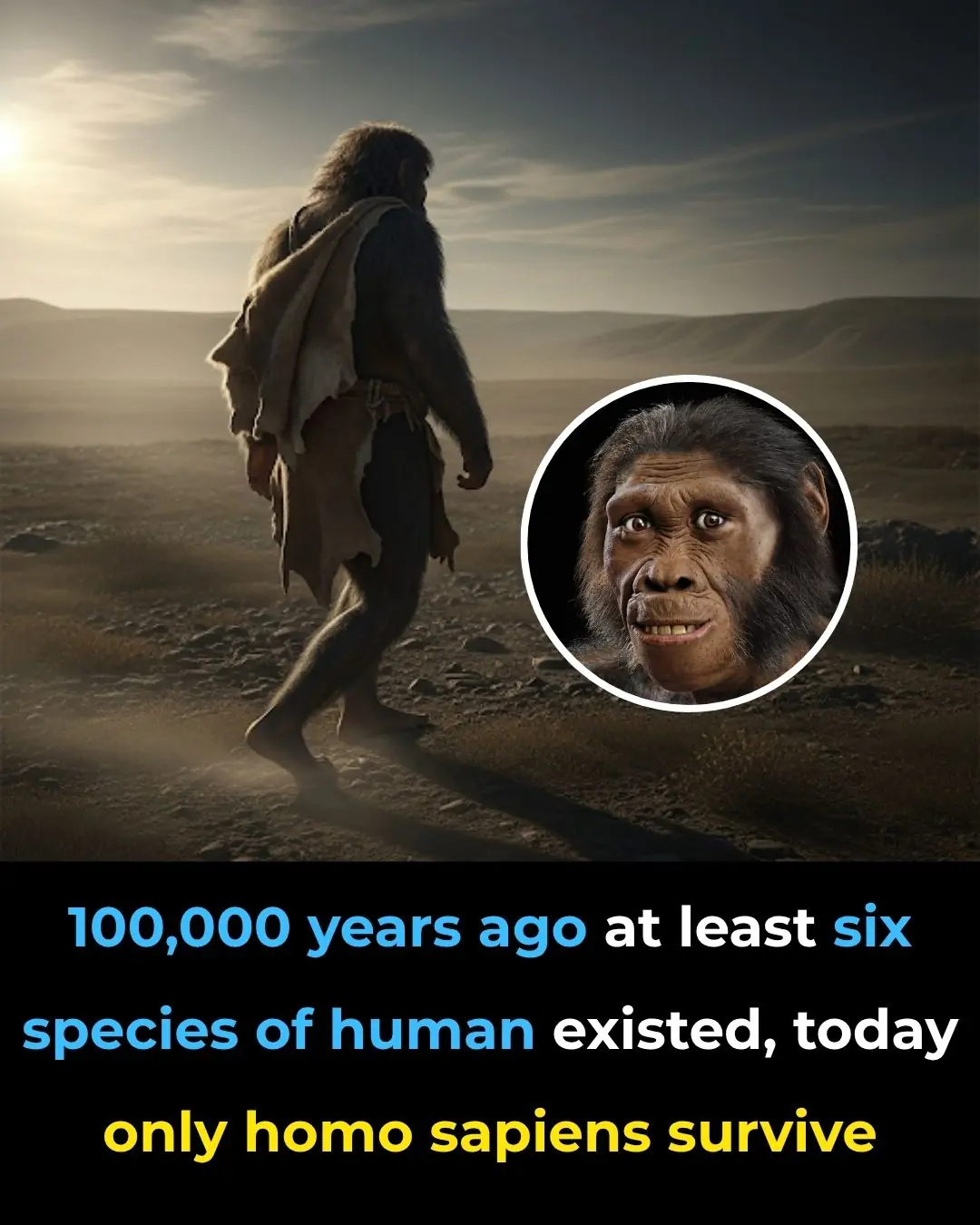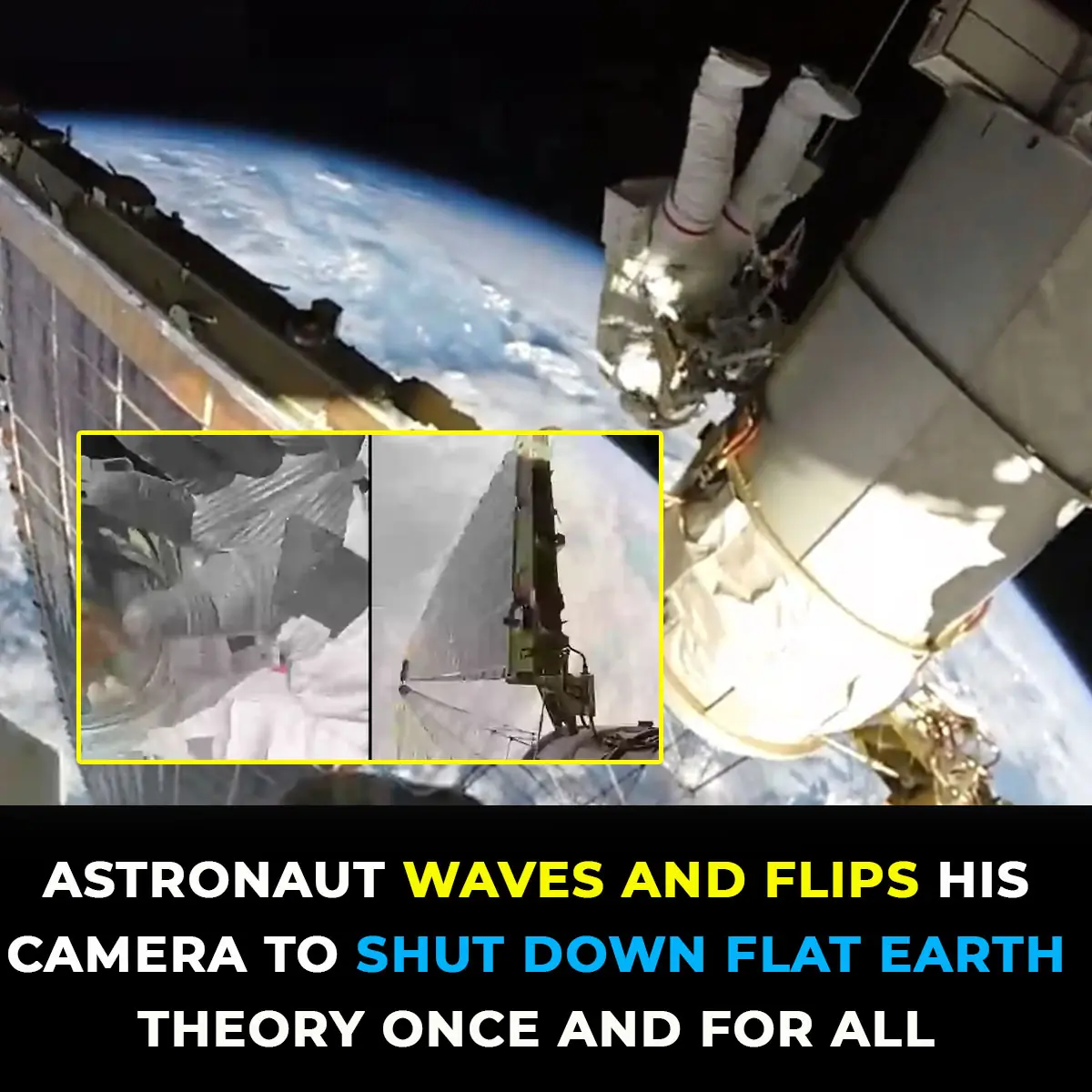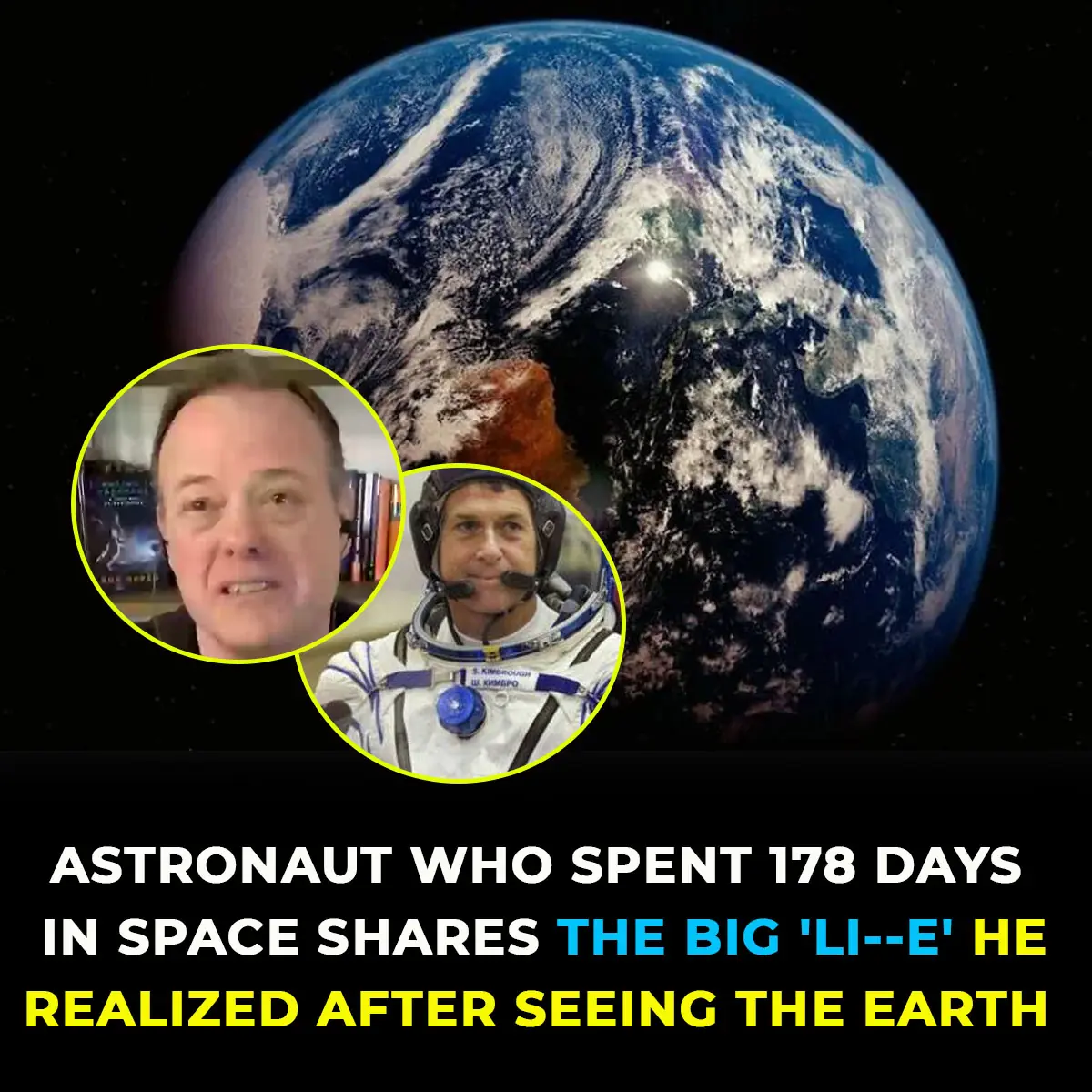
Experts Warn of Imminent 'Cosmic Hell' That Could Wipe Out Mankind, Exact Time Revealed
Discussions about the end of the world—especially on a cosmic scale—are seldom far from headline-grabbing speculation. While certainty is beyond our reach, a recent wave of astronomical studies offers some of the most detailed estimates yet. If you’re wondering whether humanity is facing an eventual cosmic collapse, here’s what leading researchers are saying about the so‑called Big Crunch.
At its core, the Big Crunch hypothesis suggests that the universe’s expansion may one day reverse, collapsing back into a dense singularity—something akin to the Big Bang in reverse. While it was long considered unthinkable after the discovery of dark energy accelerating cosmic expansion, evolving observations may be changing that view.

🌌 New Data: Dark Energy Appears to Fade
The Dark Energy Spectroscopic Instrument (DESI) and the Dark Energy Survey (DES) have collectively mapped over 15 million galaxies to reconstruct the universe’s expansion history over the past 11 billion years. Surprisingly, their data suggests dark energy might not be a constant—its influence appears to be gradually weakening.
If dark energy diminishes over time, its repulsive force may eventually give way to gravitational pull, causing cosmic expansion to halt—and then reverse. DESI researchers describe it as the universe acting like an elastic band: it stretches to a maximum size (projected to be ~69% larger than today), then snaps back into contraction.
Under the Microscope: Expert Predictions
Cosmologists from Cornell University and Shanghai Jiao Tong University have used these findings to propose a timeline:
- Collapse begins: in approximately 10–11 billion years
- Final singularity reached: around 33 billion years from now.
In other words, the universe’s current age (~13.8 billion years) falls roughly at mid‑lifecycle—what’s left is a slow reversal unfolding over another 20 billion years.
“It is just like throwing a basketball vertically upwards... The negative cosmological constant acts like Earth's gravity, which pulls the basketball downward,” explained Dr. Ethan Yu–Cheng. “The basketball will de‑accelerate until reaching the maximum height and start to fall.”
“Intelligent civilizations at solar‑system or even galactic scales would not notice any obvious phenomenon because these changes happen at much larger cosmological scales,” added Dr. Hoang Nhan Luu. These subtle shifts would be imperceptible across human timescales until very late in the process.
What Happens During the Collapse?
Cosmologists describe a dramatic reverse-evolution:
- Groups of galaxies merge as distances shrink
- Cosmic microwave background radiation heats up due to blueshift
- Stars collide and overheat; some evaporate before the final collapse
- At the very end, atoms break down, and all matter condenses into an infinitely dense singularity—what some call a “cosmic fireball”
In the final moments, temperature throughout the cosmological expanse could rival that of a star’s surface—rendering any surviving structures uninhabitable.
Can Humans Prepare? A Far‑Future Plan
If humanity endures for billions more years, could we adapt to such a cosmic fate?
Dr. Henry Tye suggests: “To survive, human beings have to move to the edge of our solar system or beyond. We have a few billion years’ time to prepare for that trip.”
Practically speaking, no perceptible warning—beyond long-term cosmological data—would appear until the acceleration reverse nears its final phase. By then, expansions and contractions would occur over scales far exceeding human lifespans: civilizations like us would only perceive the end during the final collapse itself.
How Does This Compare to Other End‑Universe Scenarios?
There are three major theories regarding the universe’s ultimate fate:
- Big Freeze (Heat Death): perpetual expansion, galaxies drift apart, star formation ceases, entropy peaks ⎯ likely outcome under constant dark energy.
- Big Rip: dark energy grows stronger, eventually tearing galaxies, stars, planets—and atoms—apart, ending with zero-size universe ⎯ speculative, possibly billions of years ahead.
- Big Crunch: expansion ends and reverses under weakening dark energy, eventually collapsing everything into a singularity—what experts are reconsidering now.
Some versions of Big Crunch models even suggest that post-collapse, a new Big Bang might launch a fresh cosmic cycle—the Big Bounce concept.
What’s at Stake—Over 20 Billion Years From Now
Here’s a high‑level summary:
|
Timeline Phase |
Estimated Time from Today |
Event Description |
|
Start of collapse |
~10–11 billion years |
Expansion slows, then reverses ❤️ |
|
Final singularity |
~33 billion years |
Universe fully collapses |
|
Comparison point |
~13.8 billion years (today) |
Mid‑cosmic lifespan |
|
Majority of collapse duration |
~8.5 billion years |
Period of accelerated contraction |
Despite the bleakness, this event is so far off that stars will stop shining, galaxies collide, Earth’s Sun will have died, and life as we know it will cease long before cosmic collapse arrives.
Does This Mean the End Is Certain?
Not necessarily. All existing projections depend on our understanding of dark energy and its future behavior:
- Observational bounds suggest doomsday (collapse) doesn’t begin earlier than ~24–42 billion years out at 68–95% confidence.
- Other long‑range projections place star formation and structural evolution over trillions of years—and favor Heat Death or proton decay scenarios.
- Some models predict “nothing happens”—entropy freezes the universe into lifeless, dark minimalism rather than collapse or expansion.
In short: while a Big Crunch is gaining traction thanks to DESI and DES insights, alternate fates remain plausible. Only more precise and long-term observations will tilt the balance.
Why You Should Care—Even Now
Though the ending is billions of years away, the emerging evidence is shifting scientific consensus on cosmic fate. Understanding dark energy—the force shaping expansion—is one of the greatest unsolved mysteries in physics.
Grasping it better could:
- Help researchers design deeper astronomical studies
- Inspire generations to ponder humanity’s long‑term prospects
- Ignite scientific creativity around survival strategies for far‑future civilizations
Ultimately, this cosmic countdown is more than headlines—it reflects how far human curiosity and cosmology have journeyed.
News in the same category


The Hidden Meaning Behind Leg-crossing — It’s More Than Just Comfort

Scientists Warn: Universe’s ‘Self-Destruct Button’ Could Trigger Without Warning

WORLD'S FIRST DATE SOFT DRINK

We weren’t the only humans just the last ones left to tell the tale

Japanese “Baba Vanga” Meme Resurfaces After July 2025 Tsunami Triggers Alerts

Why you should always put a coin in the freezer before you leave home

Heroic Teen Malaya Grace, 17, Dies After Saving Siblings from Drowning in Texas Floods

Why You Should Never Ever K--ill A House Centipede If You Find One Inside Of Your Home

‘Granny Pods’ Let Aging Parents Stay Close by in Your Backyard

Airport baggage handler issues warning to anyone who ties a ribbon on their suitcase

What Does it Symbolize When a Person Who Passed Away Shows up in Your Dream?

Optical illusion reveals whether you’re an introvert or extrovert

Trapped in Silence: Boy Awakens After 12-Year Coma With Terrifying Secret
Imagine suddenly being trapped inside your own body—fully conscious, aware of your surroundings, but completely unable to move, speak, or communicate in any way. For Martin Pistorius, this unimaginable scenario was reality for more than a decade. His st

Urgent warning issued to all iPhone users following release of iOS 18.6

Ancient tablet has been completely translated and has some terrifying predictions for humanity

Astronaut Waves And Turns His Camera To Disprove The Flat Earth Theory For Good

Your iPhone’s Volume Buttons Are Loaded with Hidden Features

Astronaut shares the profound ‘big lie’ he realized after seeing the Earth from space
News Post

Tingling Sensation In Your Body: Why Does It Happen

High Blood Sugar Warning Signs

Earth Plunged Into Darkness For Six Minutes In Rare Event Not Seen In A Century

The Hidden Meaning Behind Leg-crossing — It’s More Than Just Comfort

Scientists Warn: Universe’s ‘Self-Destruct Button’ Could Trigger Without Warning

WORLD'S FIRST DATE SOFT DRINK

We weren’t the only humans just the last ones left to tell the tale

Japanese “Baba Vanga” Meme Resurfaces After July 2025 Tsunami Triggers Alerts

Top Signs of Iron Deficiency and How To Increase Iron Levels In Your Blood

Doctors Suspected Baby Had Mouth Tumor—The Shocking Truth Left Them Speechless

Why Some People Never Break A Bone—3 Wild Theories Explained

JAW DROPPING SIMULATION SHOWS WHAT HAPPENS TO YOUR BODY WHILE FASTING FOR 36 HOURS TO ACHIEVE 'FULL RESET'

Why you should always put a coin in the freezer before you leave home

6 Health Benefits of Sleeping In a Cold Room and How to Make it Cooler- And Why You May Not Want to Use a Fan

Dentists Explain What Those Black Triangles Are Between Your Teeth

Heroic Teen Malaya Grace, 17, Dies After Saving Siblings from Drowning in Texas Floods

Silent Walking’ Is The Latest Trend Gen Z Are Obsessed With

Why You Should Never Ever K--ill A House Centipede If You Find One Inside Of Your Home

‘Granny Pods’ Let Aging Parents Stay Close by in Your Backyard
